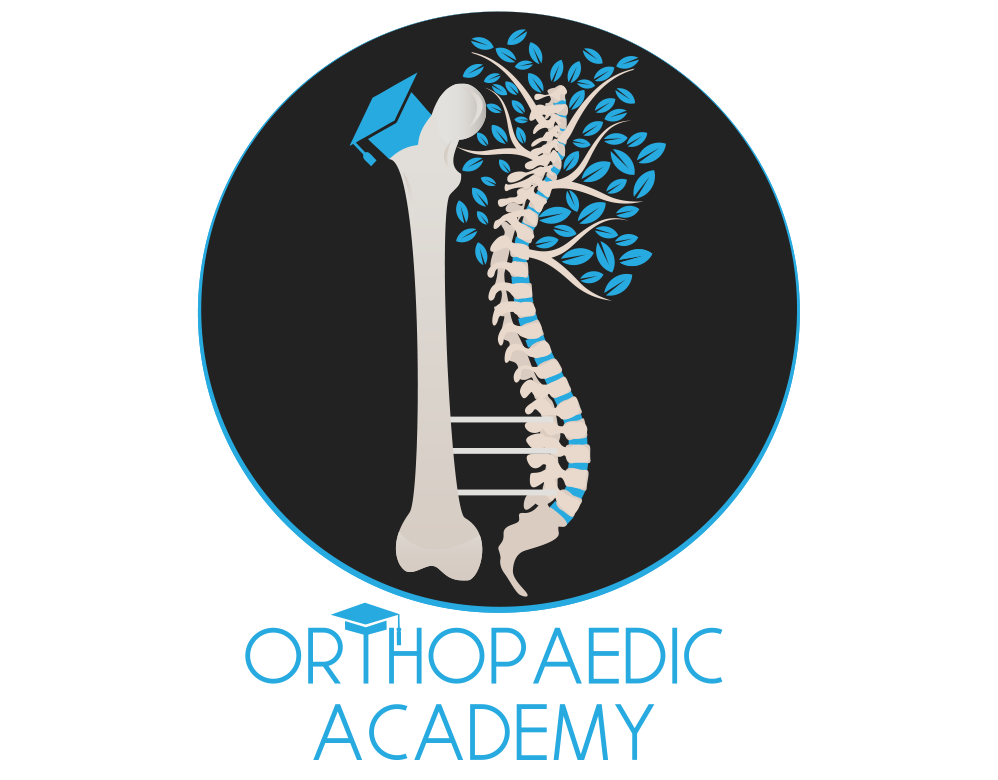19th century surgical / orthopedic chart

This is a 19th-century orthopaedic plate illustrating devices for fracture reduction and immobilisation. I’ll explain each figure in terms of what it shows, and then translate it into modern orthopaedic practice.
Top left (Fig. 1 – “A”):
Shows a leg with a splint and traction applied. The traction cord is attached to the foot, passing over a pulley, with counter-traction near the pelvis.
Modern equivalent: This is the ancestor of the Thomas splint with skin traction (still used for femoral fractures before definitive fixation).
Top centre (Fig. 2 – “Nicolai’s Apparatus”):
A patient lies on a bed with a longitudinal frame fixed to the leg. Straps secure the thigh and lower leg while traction is applied.
Modern equivalent: Long-leg traction splint; principle carried into Böhler traction frame and later skeletal traction beds.

Top right (Fig. 3–4):
Detailed mechanism of a traction screw and frame attached around the knee and thigh, with adjustable angles.
Modern equivalent: Similar to orthopaedic traction frames or even precursors to hinged external fixators used to control alignment.
Centre (Fig. 5):
A patient lying in a woven cradle-like splint with multiple straps and pulleys.
Modern equivalent: Concept of balanced suspension traction (later developed into the Bryant and Perkins systems for femoral fractures).
Centre left (Fig. B, C, e):
Pulley and cord systems with weights for traction.
Modern equivalent: Still the same principle today — traction via weights (1/7 of body weight for femur, classically).
Bottom left (Fig. D, g, 8, 9):
Small splints for foot and ankle immobilisation. Leather or wooden supports with laces or straps.
Modern equivalent: Early plaster casts, orthotic boots, and removable splints.
Bottom centre (Fig. 6–7):
Full-length lower limb splints with metal side bars, footplates, and adjustable straps. One has a hinge at the knee.
Modern equivalent: These anticipate long-leg calipers, orthoses, and modern knee-ankle-foot orthoses (KAFOs).
Bottom right (Fig. 10):
Foot in a small articulated boot-like splint.
Modern equivalent: Early orthopaedic boot or walking cast shoe.
Summary: This plate shows the evolutionary ancestors of modern traction, splints, and external fixators. The principles of:
- Immobilisation (splints, braces)
- Traction and counter-traction (pulleys, weights, cords)
- Functional positioning (hinges, frames)
These led directly to 20th-century advances like the Thomas splint, skeletal traction, and Ilizarov external fixation.
Add Your Heading Text Here
Lorem ipsum dolor sit amet, consectetur adipiscing elit. Ut elit tellus, luctus nec ullamcorper mattis, pulvinar dapibus leo.

